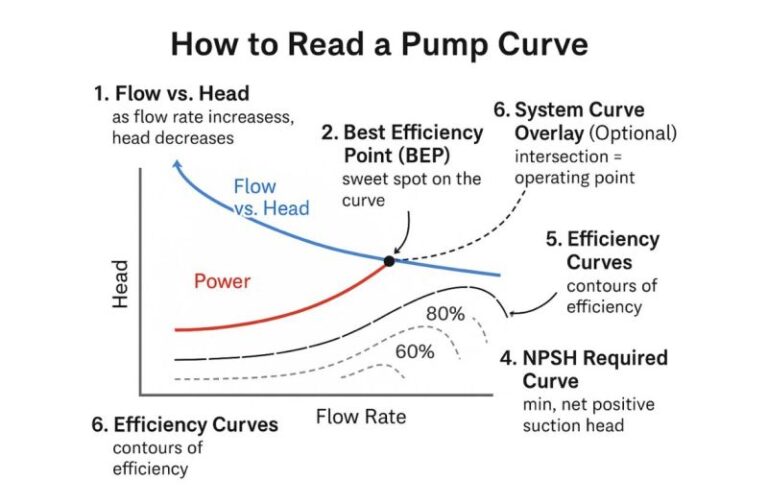As we know that a cable carrying alternating current has an alternating magnetic field(Flux) surrounding it also we know that when a magnetic flux linked with magnetic material , an emf is induced in it which circulates a current in it provided a closed path.
Now in case of three core cable or 3.5 core cables, the net magnetic field produced by all phases (and neutral) due to currents, sum to zero.
But in case of single core cable it has a net flux surrounding it. which if linked with magnetic materials, will induce eddy current in it and result heating of glands and successively failure of insulation of cable due to heat.
That’s why gland plates suitable for single core cables must be non-magnetic
.Are brass or aluminium gland plates suitable ?
Yes, brass gland plates are costly but and also not easy to drill so,it is not preferable while aluminium gland plates are suitable but strength might be the issue for heavy cable load. however aluminium gland plates are not totally safe due to their partial magnetic phenomenon at High voltages. Stainless Steel gland plates or SS with MS reinforced are widely used as if it’s non magnetic property.
For low and medium loaded cable gland plates made of TPE (thermoplastic elastomer) are also preferred.
Also, gland plates must be always of two halves ( not like ring type) in three core cables to avoid affects like CBCT.
These ring will start sensing unbalance current and abnormal magnetic phenomenon may damage the termination of cables.Also always take care of non contact of termination sleeves to any metallic contact to avoid corona path between live termination to ground potential.
